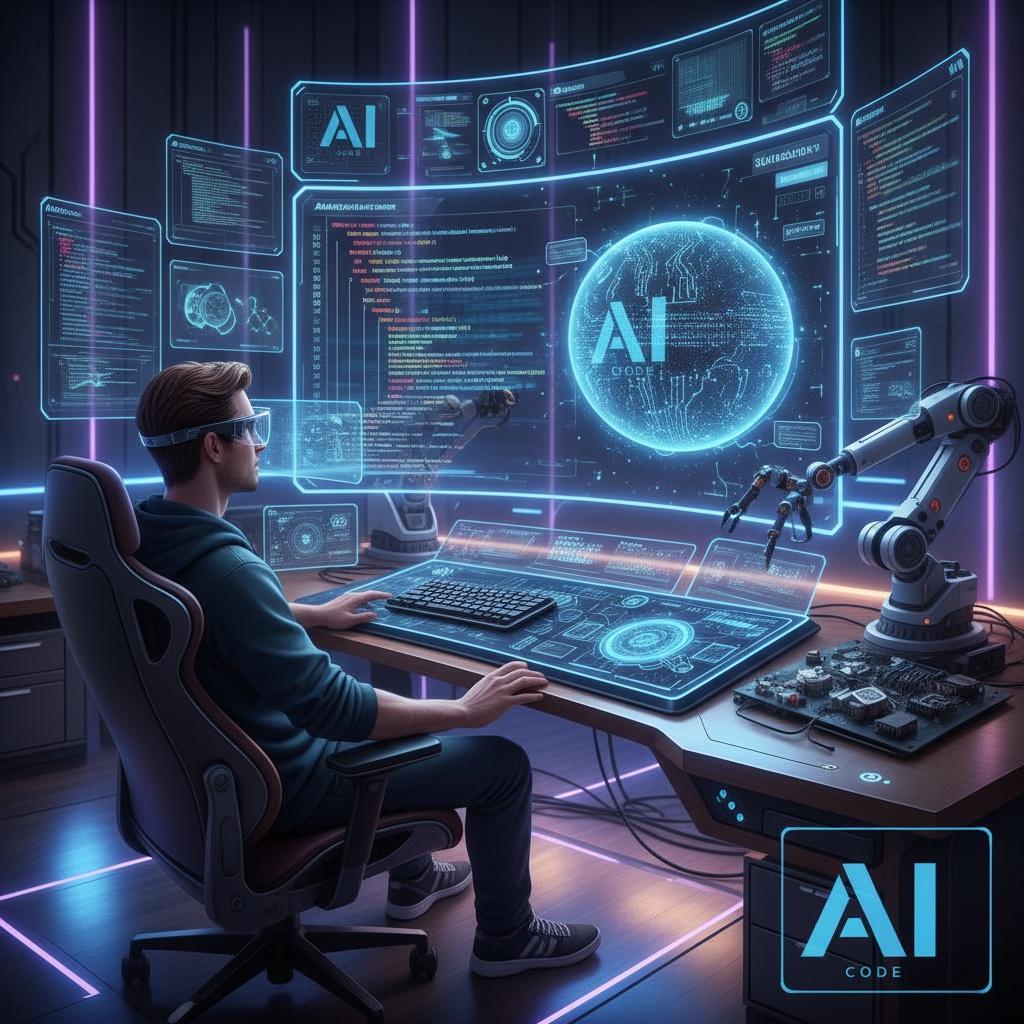As we move into 2025, the technological landscape is increasingly shaped by two powerful forces: AI-assisted coding and edge computing. These innovations are transforming how software is developed and how data is processed, delivering unprecedented efficiencies and capabilities across industries.
AI-assisted coding has become a mainstream tool for developers. With advanced AI models integrated directly into development environments, software engineers now enjoy the benefits of intelligent code generation, automated testing, and contextual assistance. AI tools such as GitHub Copilot X, Amazon CodeWhisperer, and Claude Code empower developers to write multi-line functions, refactor complex codebases, and seamlessly onboard new team members with contextual explanations.
This widespread adoption has led to a remarkable boost in productivity — recent data shows that 90% of software professionals incorporate AI tools into their workflows regularly. Beyond time savings, these AI assistants improve code quality by highlighting potential bugs early and streamlining collaborative efforts. However, human oversight remains key to addressing challenges like duplicated code and maintaining security standards.
Meanwhile, edge computing is revolutionizing data processing by pushing computation closer to the source — whether that’s IoT sensors, mobile devices, or localized data centers. The growth of 5G networks and the explosion of connected devices have catalyzed edge computing adoption, enabling ultra-low latency applications in areas such as augmented reality, real-time analytics, and industrial automation.
In 2025, AI-powered edge devices are growing smarter, capable of running complex models on constrained hardware without relying heavily on cloud resources. This micro AI approach reduces data transfer costs and enhances privacy, as sensitive data can be processed locally. Containerization technologies further facilitate scalable and flexible deployment of applications at the edge, bridging the gap between cloud and localized environments.
Security remains a critical focus as the volume of data processed at the edge surges. Enterprises are navigating new challenges posed by distributed architectures, adopting zero-trust frameworks and robust encryption to protect sensitive information while maintaining compliance with evolving regulations.
The convergence of AI-assisted coding and edge computing is creating new paradigms for software development and deployment. Developers are not just coders but also managers of AI workflows and orchestrators of hybrid cloud-edge ecosystems. This shift demands new skill sets around AI prompt engineering, system integration, and security auditing.
Looking ahead, the interplay between AI and edge technologies is set to unlock faster innovation cycles, smarter applications, and more responsive digital experiences. Businesses embracing these trends are well positioned to lead in the increasingly digital and connected world of 2025 and beyond.






